New research highlights important routes to spawning salmon for coastal bears
Hey Siri – what’s the best route to a seafood joint?

Hey Siri – what’s the best route to a seafood joint?

The research found that bears can avoid ecotourists and take multiple weeks after encounters to return to their baseline activity levels. This new information can help fine-tune bear management and sustainable business practices.

Our goal is to inspire and train the next generation of conservation stewards through land-based, at-sea, and online programming.
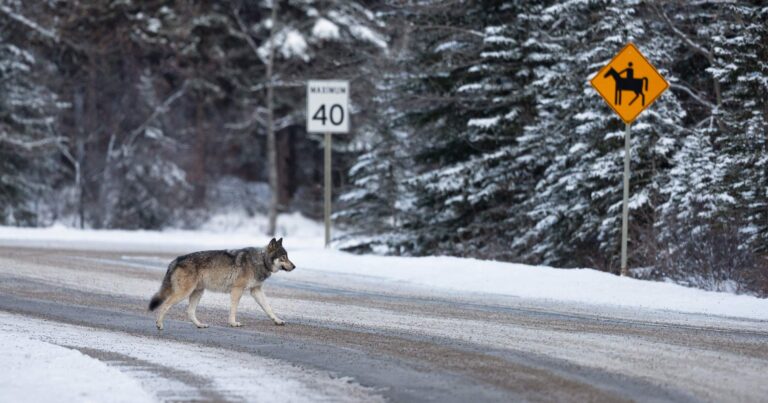
Ethical and welfare considerations for lethally and non-lethally controlling wild animals.
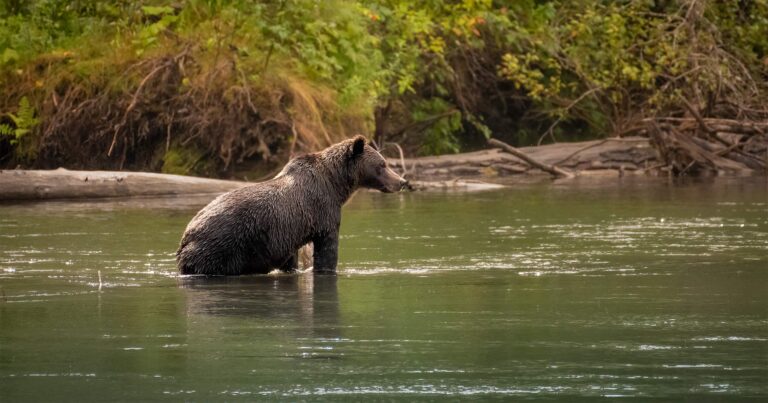
A new study, “Influence of ecotourism on grizzly bear activity depends on salmon abundance in the Atnarko River corridor, Nuxalk Territory” released today in the journal, Conservation Science and Practice, finds that grizzly bear activity is affected by ecotourists in diverse ways that depend on how many salmon are present in the ecosystem. When salmon…
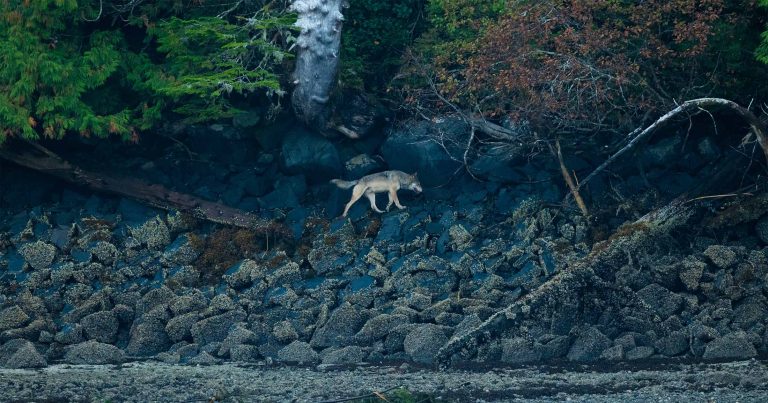
In this bonus episode of Wolf School, we will go over our 25 year history of purchasing tenures and learn about a relational approach to coexistence.
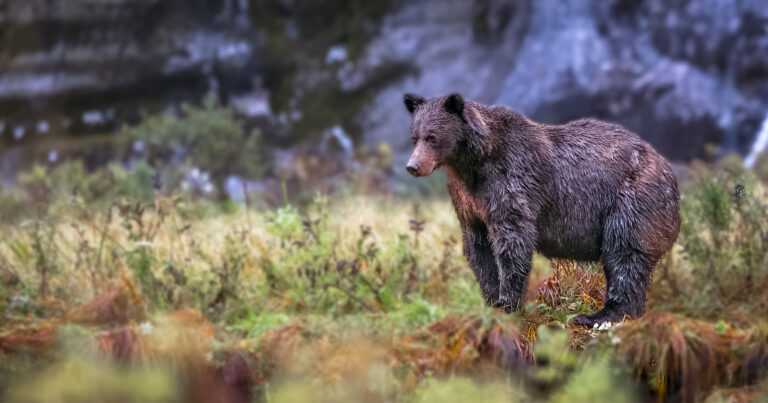
We are 85% of the way to our goal to purchase the commercial trophy hunting rights in the Southern tenure!

Delving into the realms of endangered Chinook salmon surveys and the ongoing resurgence of a wolf population.
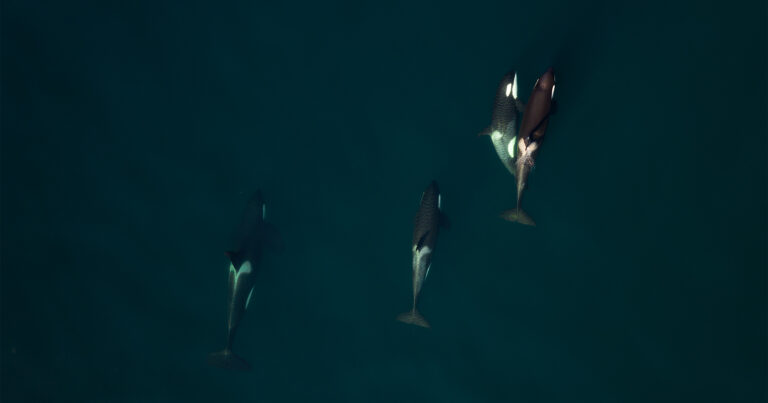
How studying animal culture can inform conservation.

Please join us in telling the BC Government that grizzly bears need more time. Below, we’ve made it easy for you to send a letter to the following representatives urging the provincial government to extend the public response period to at least the end of 2023.

The following letter was sent to Premier David Eby by Raincoast Conservation Foundation, Grizzly Bear Foundation, and Commercial Bear Viewing Association with regards to the province’s draft Grizzly Bear Stewardship Framework and public consultation process to urge them to extend the public engagement period and improve the process to provide sufficient time, resources, and opportunities…

In fisheries management, each population has what’s called a “maximum sustainable yield.”